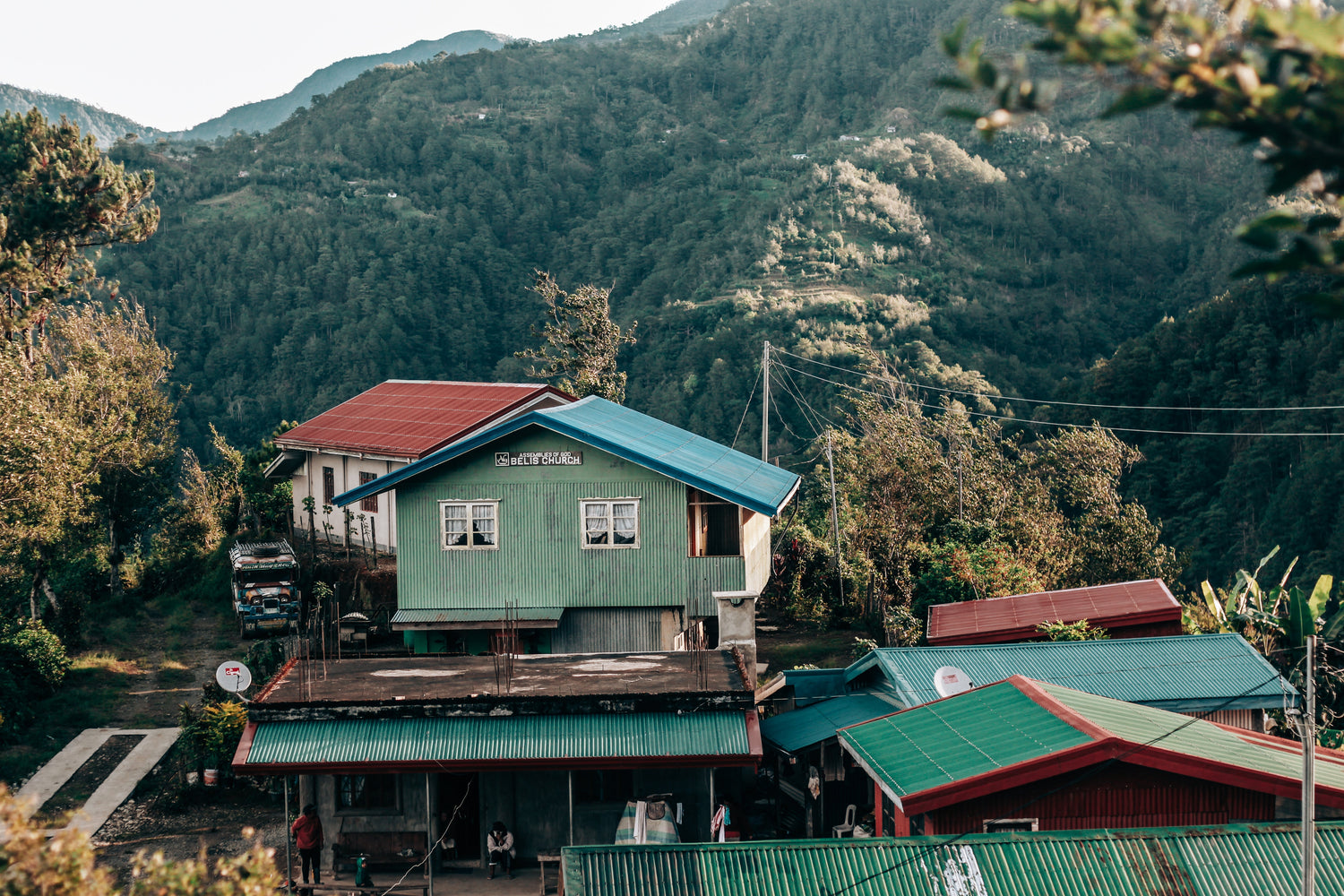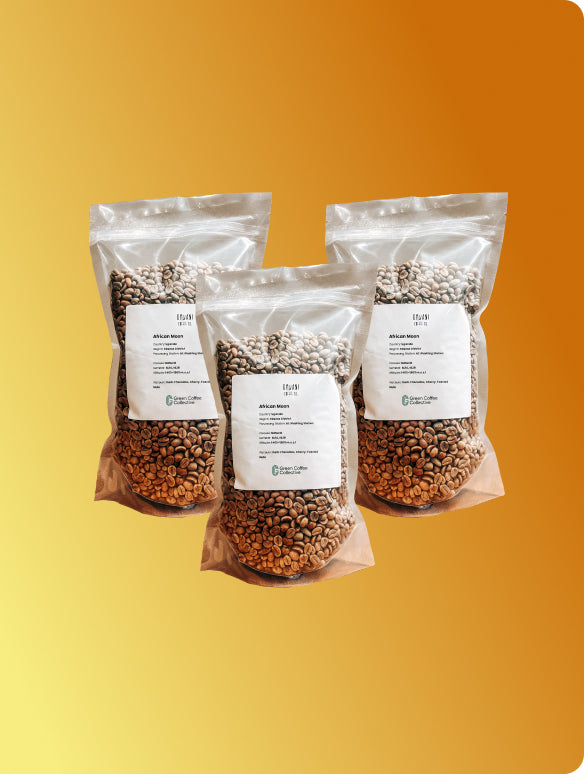
Philippines Green Coffee Beans
Explore our range of Filipino coffee, whether you're looking for a naturally processed or washed coffee, we have options available from as small as 0.5kg to wholesale sizes to suit your needs.
No products found
Use fewer filters or remove all
Your guide to Philippines Green Coffee Beans
-
What type of coffee is grown in the Philippines?
-
What is the coffee profile of Filipino coffee?
-
Where is coffee grown in the Philippines?
-
How do we source Filipino coffee?
-
Discover the Exceptional Potential of the Philippines' Green Coffee Beans
-
Why Philippines Green Coffee Beans Are Renowned Worldwide?
-
Why Roasters Love Philippine Green Coffee Beans?
-
Flavor Profile & Cupping Notes
-
Coffee-Growing Regions of the Philippines
-
Varietals & Species
-
Harvest Seasons & Availability
-
Processing Methods in the Philippines
-
Notable Varieties of Philippine Green Coffee Beans
-
Usage & Versatility of Philippine Green Coffee Beans
-
Best Brewing Methods for Philippine Green Coffee Beans
-
Quality Standards for Green Coffee Beans in the Philippines
-
Sourcing & Traceability
-
Buy 100% High-Quality Philippine Green Coffee Beans
